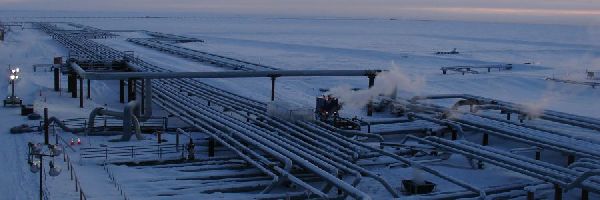Do I Need an Oil Discharge Prevention and Contingency Plan?
An oil discharge prevention and contingency plan is required for:
- Oil Terminal Facility
- Facilities with storage capacity more than 5,000 barrels of crude or 10,000 of noncrude. For more information about oil terminals, please see 46.04.900 (15).
- Pipeline
- Structures used to transport oil or petroleum products between production facilities or to vessels. For more information, please see 46.04.900 (19).
- Exploration Facility
- Platform, vessel, or other facility used to explore for oil resources. For more information, please see 46.04.900 (8).
- Offshore or Onshore Production Facility
- Drilling rig, drill site, flow station, gathering center, pump station, storage tank, well and related appurtenances. For more information, please see 46.04.900 (20).
- Tank Vessel or Oil Barge
- Vessel that transports oil as cargo in bulk.
- For more information on tank vessels, please see 46.04.900 (26).
- For more information on oil barges, please see 46.04.900 (14).
- Nontank Vessel
- A self-propelled vessel over 400 gross registered tons. For more information, please see 46.04.900 (12).
- Nontank Vessel Spill Preparedness Presentation (PDF 2.9M)
- Railroad Tank Cars
- Rolling stock used to transport oil or petroleum products in bulk as cargo. For more information, please see 46.04.900 (22).

 Indicates an external site.
Indicates an external site.


 Indicates an external site.
Indicates an external site.